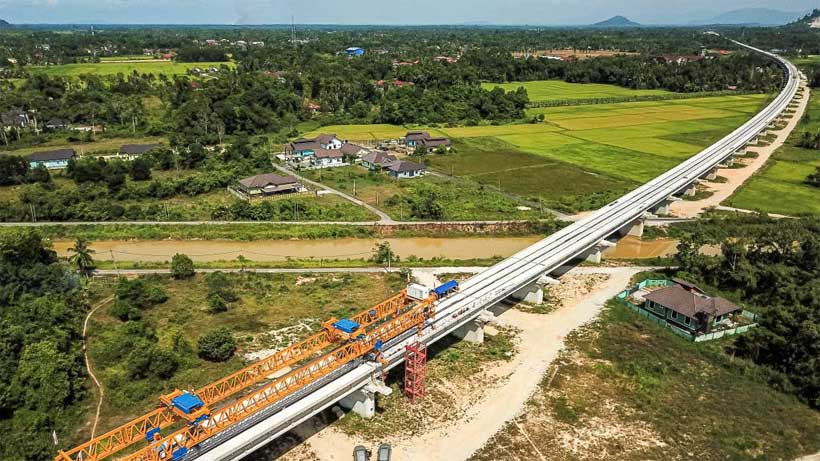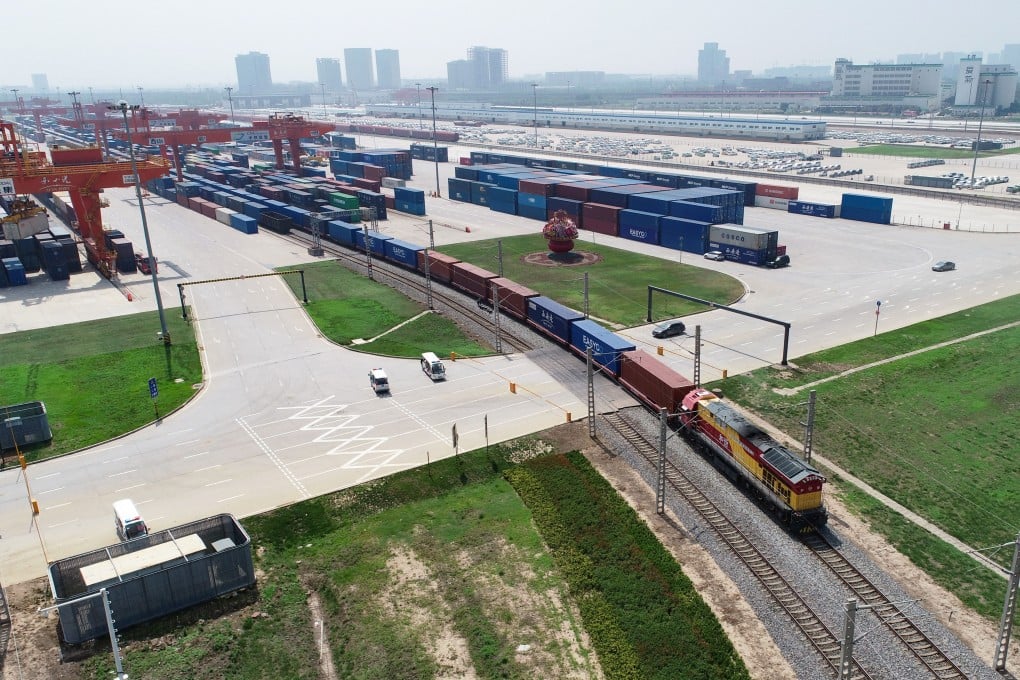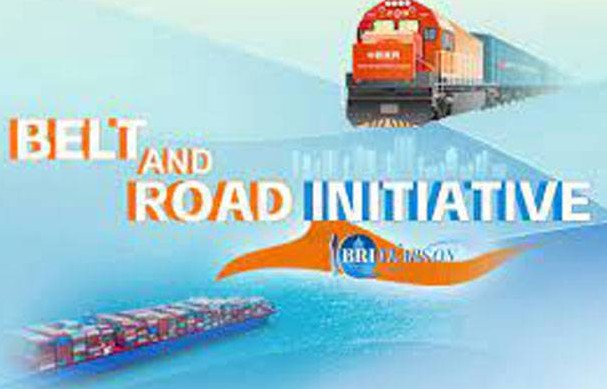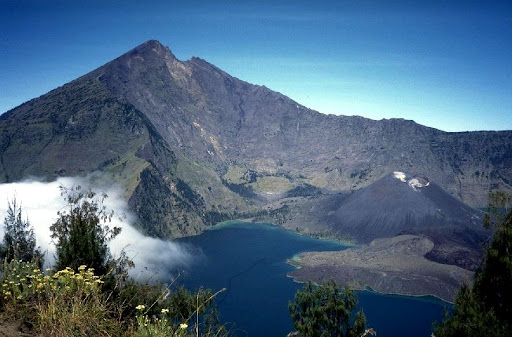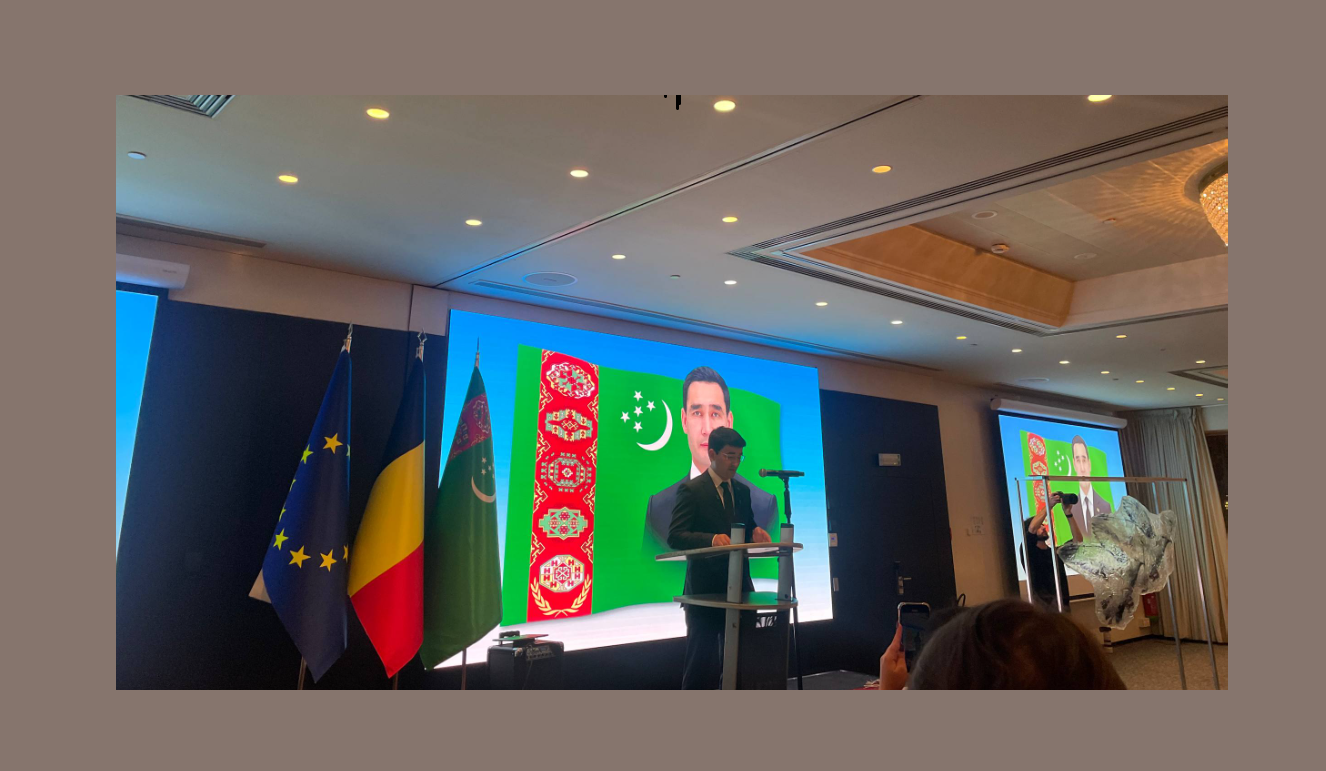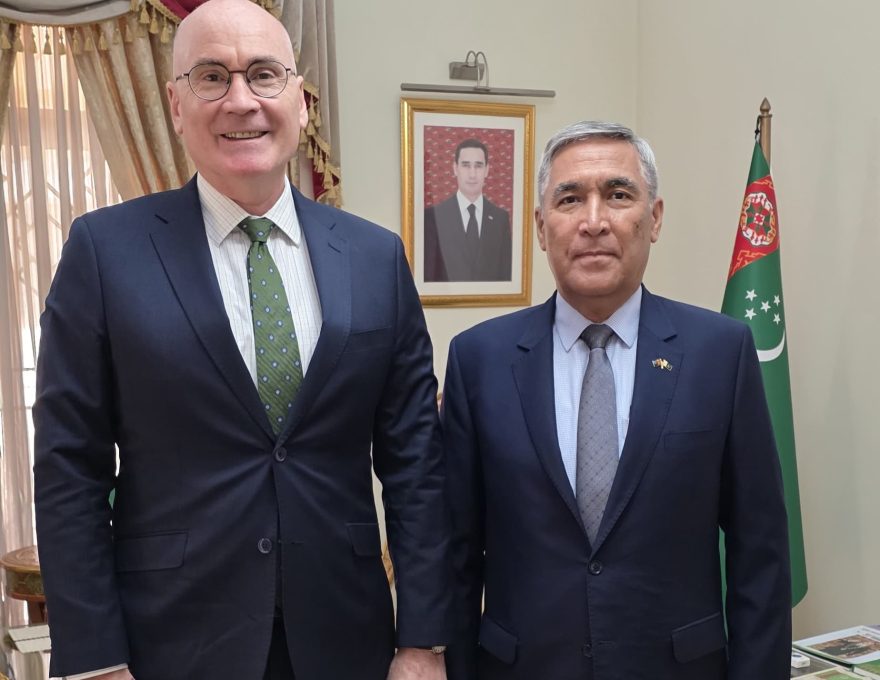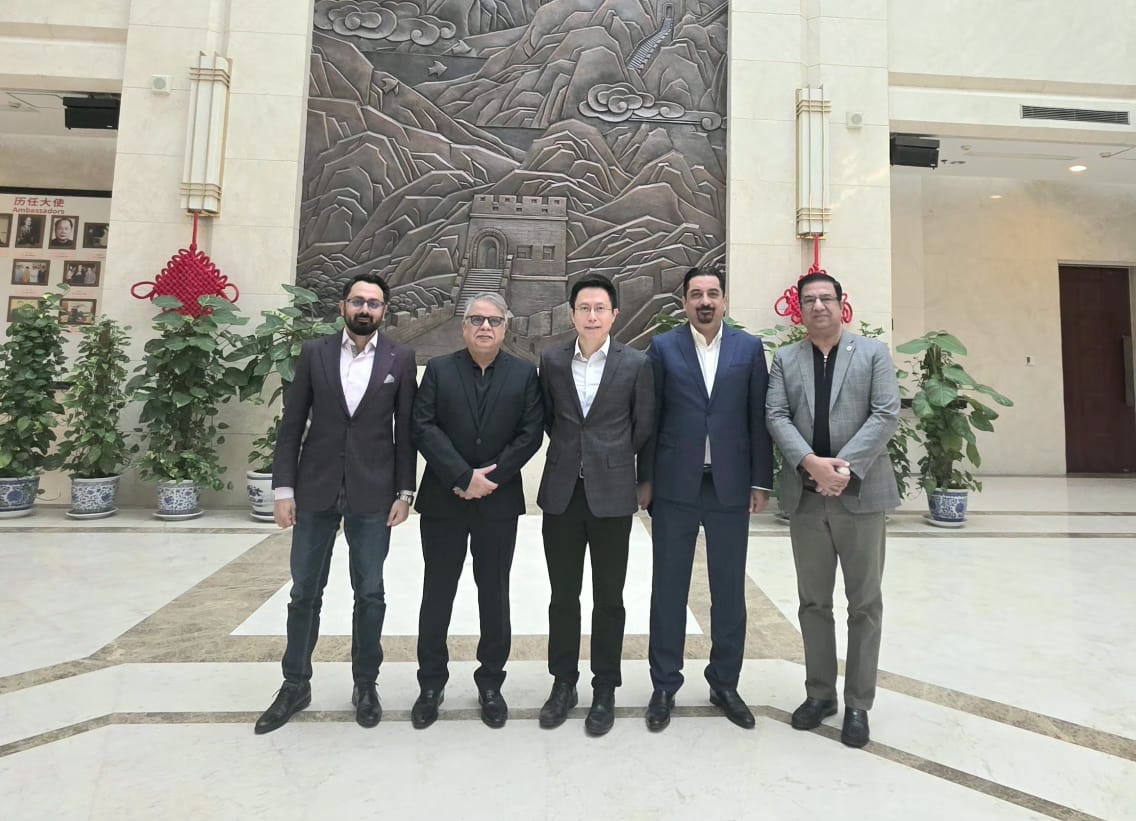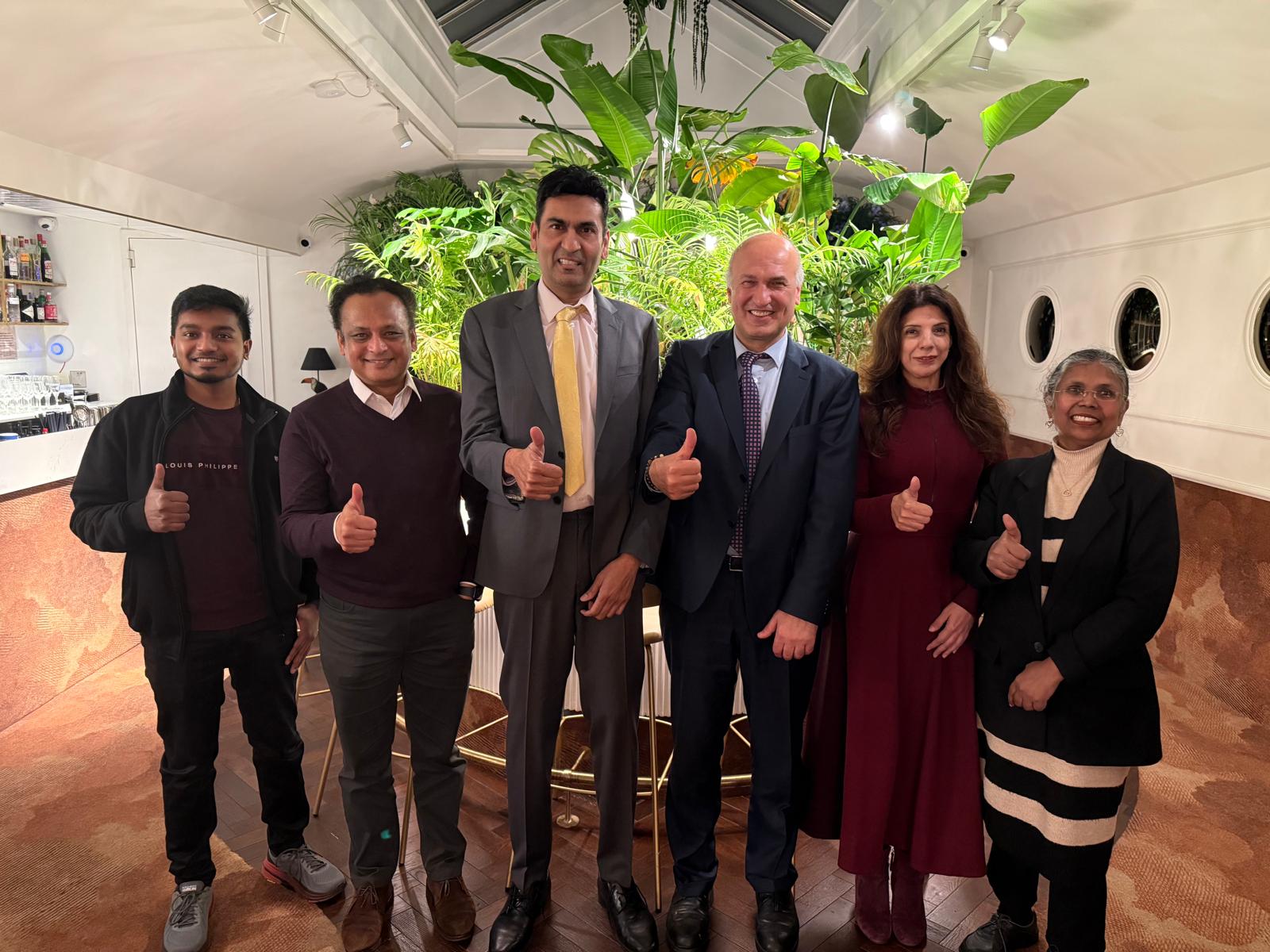China has faced acute hunger and poverty in the last century, until transforming itself into a major economic giant in the world in the 21st century. With it came the Chinese vision to translate its economic success to the well-being of struggling economies of third-world countries that were left out of the Western-led development projects. Unlike the Marshall Plan, which was only focused on chosen countries, the BRI is a grand initiative with over 150 member states and a combined investment of more than 1 trillion USD. It is a once-in-a-century opportunity for those marginalized countries across the world. It brings them a chance to grasp investment opportunities, create jobs, develop infrastructure, boost trade, and increase connectivity. Yet the largest benefit it endows to them is to hedge between the great powers for economic support rather than becoming a geopolitical hotspot for great powers.
BRI was first launched in 2013, and since then, it has become an investment engine for third-world countries around the world, from Latin America to Africa and Asia. This project has greatly utilized Chinese manufacturing industrial output and provided member states with infrastructure development, trade, and connectivity. In Pakistan, CPEC, a project under BRI, has brought enormous development opportunities with the initial investment of more than $62 billion. Prior to CPEC, Pakistan faced severe energy shortfalls and load shedding issues. Now with the major work done and several projects underway, Pakistan is well on its way to achieving self-sufficiency. Furthermore, Gwadar Port gives Pakistan as well as China strategic access to the Indian Ocean, crucial for both to secure energy supplies from the Middle East. CPEC has created more than 236,000 jobs in Pakistan, out of which 155,000 were reserved for Pakistani workers only, said China’s National Development and Reform Commission (NDRC).
In Kenya, the Mombasa-Nairobi Standard Gauge Railway (SGR) is yet another milestone achievement of BRI. It has connected the port city of Mombasa, which serves more than 80 percent of regional trade, to the capital city, Nairobi, reducing the travel time to almost half. It has created enormous local jobs, workforce training, and capital pull in the country.
Expanding further in the Horn of Africa, the Addis Ababa-Djibouti Railway is considered a masterpiece of the Chinese Belt and Road Initiative. This line connects landlocked Ethiopia to the Red Sea via Djibouti’s port, which is vital for Ethiopian global trade. The electrified railway, covering more than 95 percent of Ethiopia’s maritime trade, has reduced the journey between the two countries to nearly 20 hours—a dramatic improvement from previous week-long trips.
In Sri Lanka, BRI has mainly focused on infrastructure development, such as the Hambantota port and the new highway project, both of which are poised to increase connectivity across the country. In contrast, in Bangladesh, the Bangladesh-China-India-Myanmar (BCIM) initiative presents an opportunity to connect the region, thereby diffusing mutual tensions among member countries as well as enhancing trade and cooperation.
In 2017, Panama became the first Latin American country to join BRI. Since then, 21 Latin American and Caribbean states have become part of this initiative. Panama’s Amador Convention Center, built by Chinese companies, was opened in 2019 and has become the most advanced and largest exhibition center in Central America. The Chancay Port project in Peru is another landmark project in Latin America under BRI. It will open a new gateway to the Pacific for the regional states. Whereas Argentina’s Belgrano Railway project is expected to increase annual freight volume to 2.65 million tons.
Through trade and investment opportunities, member states are better positioned to cope with domestic as well as international issues. It has increased the geopolitical standing of member states through port development programs, highway construction, and bridge networks across the regional states. It has enhanced economic interdependence and cooperation rather than conflicts. Whereas few Western-led propaganda producers have tried to mark it as a “debt trap” scheme to bully member states. But in reality, the efficiency of BRI projects is interlinked to the effectiveness of local governance and better utilization of resources, along with the domestic security situation in the recipient states. Countries with developed institutions and trained workforce have shown an upward trajectory across the global South. Furthermore, harsh geopolitical situations across third-world states have also hampered BRI projects.
Traditionally, third-world states remained mired in geopolitical tensions of superpowers or mainly stood aloof from mainstream global politics, but after the Chinese investment and infrastructure development under BRI, they have been better off recently. Their economies are functioning well, and GDP improvement is apparent. Various credible reports, including the World Bank, have hinted at growth in global GDP due to BRI projects. A World Bank study in 2019 said that BRI projects across 70 member states could lift 32 million people out of poverty, boost trade by up to 6.2 per cent, and by up to 9.7 per cent for corridor economies.
In short, BRI has the potential to change the fate of long-abandoned third-world developing states. It has provided them with huge economic and investment opportunities to improve infrastructure needs to boost regional trade. It also raises questions about the sustainability of those projects and the huge accumulation of debts, which are mainly due to poor governance and security situations in some of the member states. But if the resources are utilized properly, it could end up leaving these states at par with the developed states.

Participant of ICSF-UoS Fellowship Program 2025-26 at University of Sargodha.
